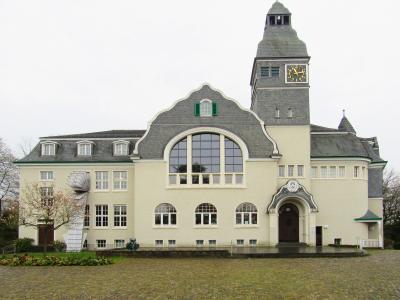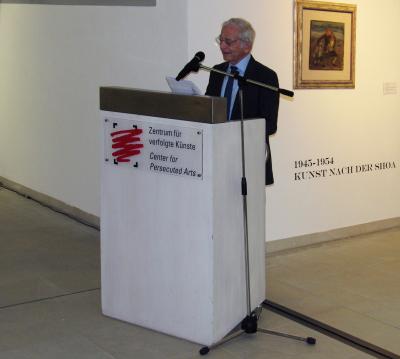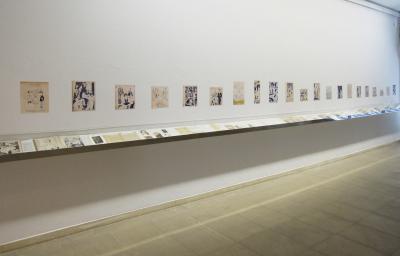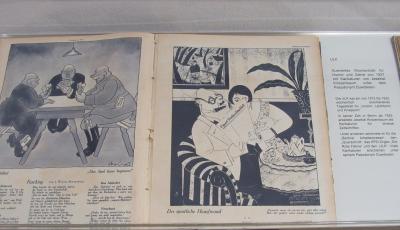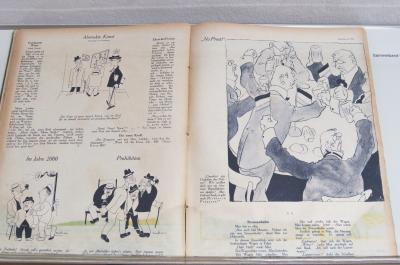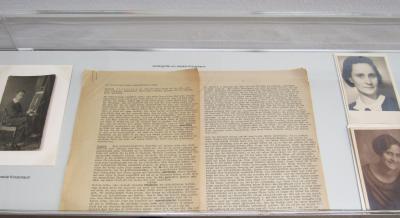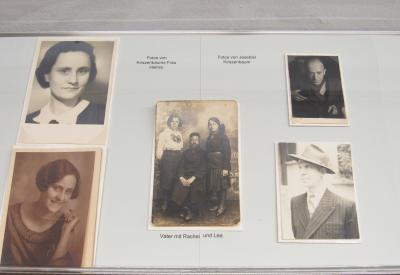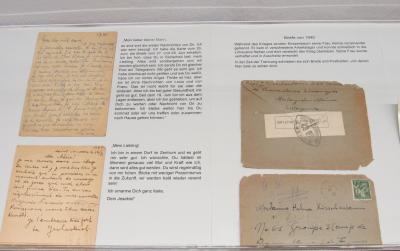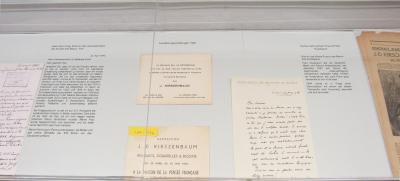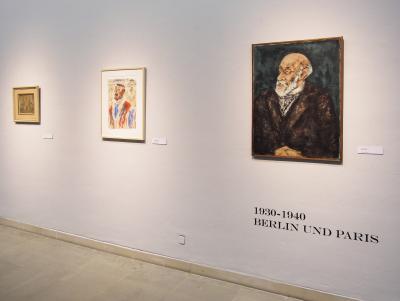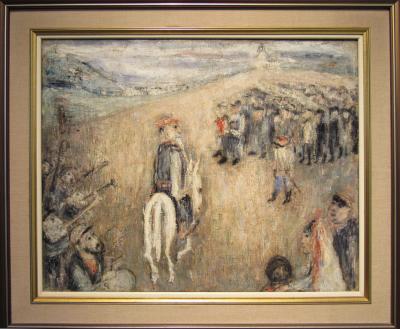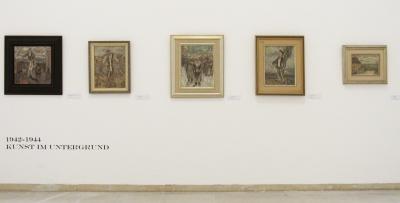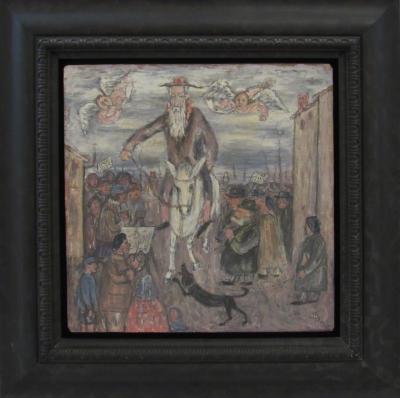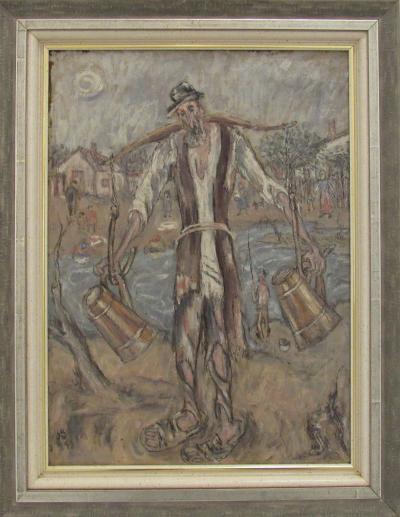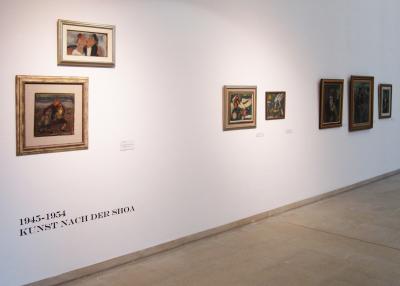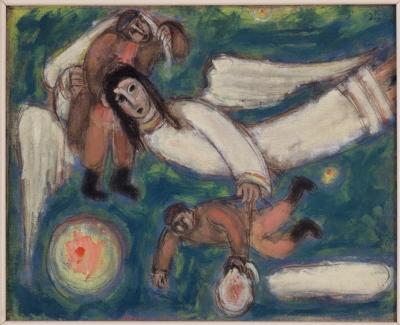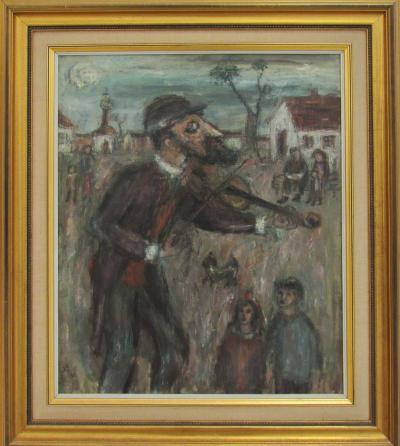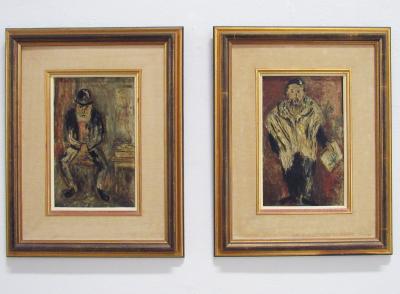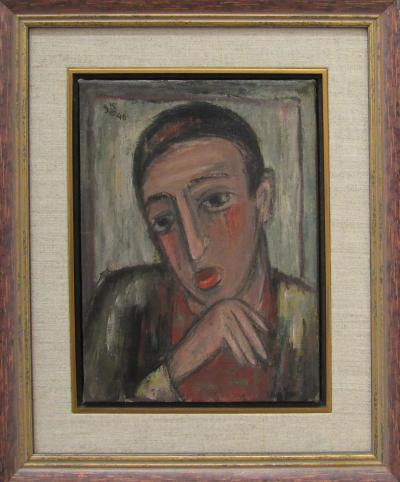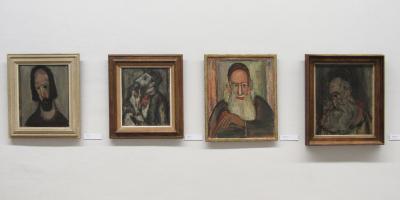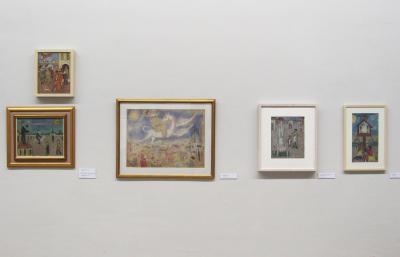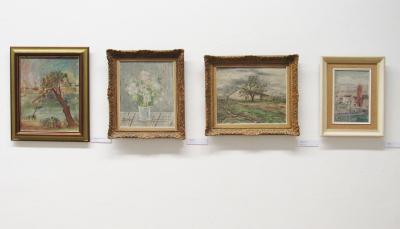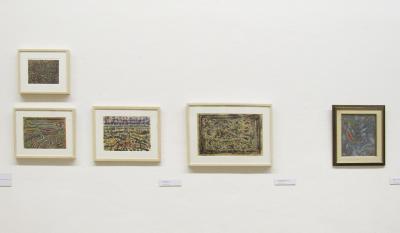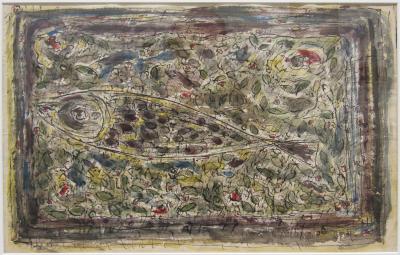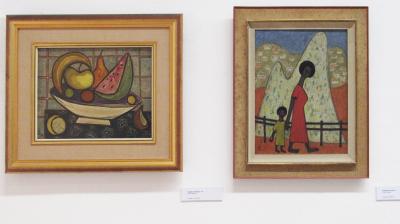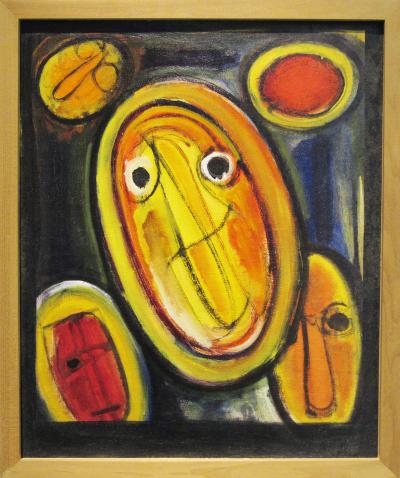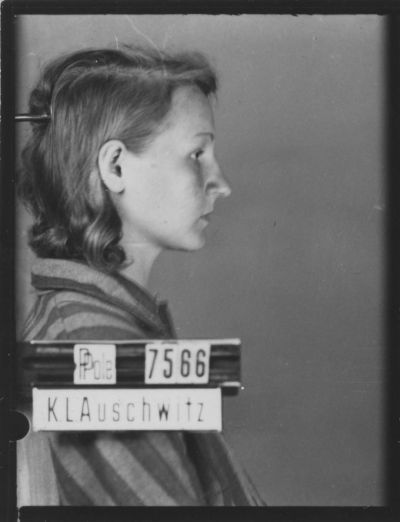Jesekiel Kirszenbaum – Exhibition in Solingen
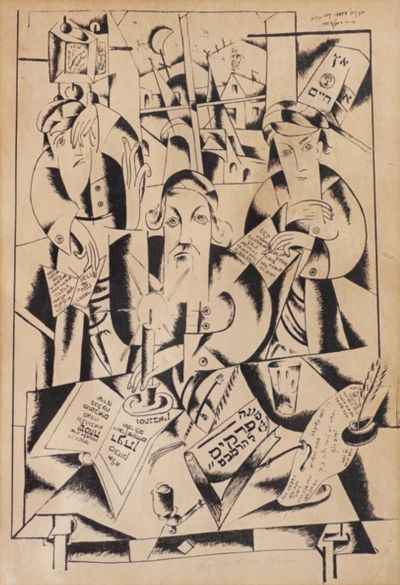
In 1948/49 Kirszenbaum travelled to Brazil to try to forget the memories of the sad mood and devastation in Europe. There he found not only a friendly welcome, but also a tropical world that inspired him to paint the country and its people in swathes of pure colour. These were still in the manner of the Fauves, but were also influenced by indigenous painting, and even visionary colour experiments (ill. 28, 29). During this time, in 1948, he even had exhibitions at the Galeria Domus, the leading art gallery in São Paulo, and in the same year at the Instituto de Arquitetos do Brasil in Rio de Janeiro. After his return to Paris, which had now become his real home, he became a French citizen in 1949. He subsequently travelled to Morocco in 1950 and to Italy, where he expanded his artistic interests to include nature, particularly exotic fruits and plants. His "Still Life with Fruit" (1952) is reminiscent of motifs by Paul Cézanne, but is nearer to Pablo Picasso in its moderate Cubism (ill. 28).
Between 1951 and 1953 Kirszenbaum fell seriously ill with cancer and died in Paris in 1954. For experts and art lovers the first retrospective of his work in Germany after almost ninety years at the Zentrum für verfolgte Künste in Solingen opened up a completely new view of a work that combines numerous aspects of modernism. Indeed it brought a hitherto unnoticed Bauhaus student into the public eye. Further exhibitions with a larger circle of lenders and more intensive scholarly work are eagerly awaited.
Axel Feuß, April 2019
We should like to express our gratitude to the Zentrum für verfolgte Künste (Solingen), Mr. Nathan Diament (Tel Aviv) and Ms. Anna Taube (Goethe Institute, Tel Aviv).
Further reading:
J.D. Kirszenbaum (1900-1954). The Lost Generation, edited by Nathan Diament and Caroline Goldberg Igra, Paris 2012
Johanna Linsler: Jesekiel David Kirszenbaum, entre aspiration révolutionnaire et mémoire du shtetl/Jesekiel David Kirszenbaum, zwischen revolutionärem Streben und Erinnerungen an das Schtetl, in: Anne Grynberg/Johanna Linsler (editors): L’Irréparable. Itinéraires d’artistes et d’amateurs d’art juifs, réfugiés du „Troisième Reich“ en France/Irreparabel. Lebenswege jüdischer Künstlerinnen, Künstler und Kunstkenner auf der Flucht aus dem „Dritten Reich“ in Frankreich, Magdeburg 2013, pages 265/290-313
J.D. Kirszenbaum (1900-1954). Retrospektiva/Retrospective. Exhibition catalogue: Muzej Mimara/The Mimara Museum, Zagreb 2018
